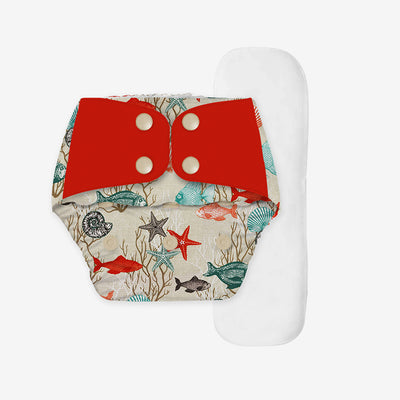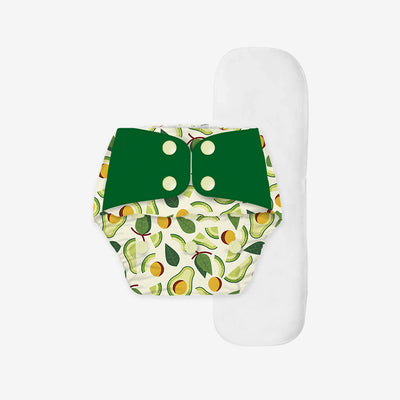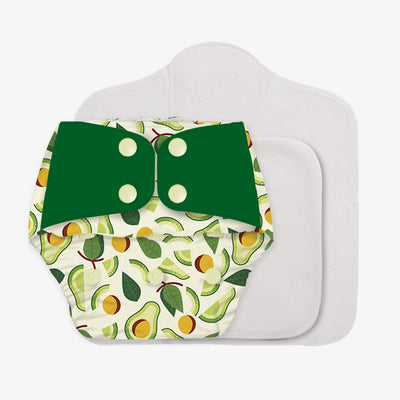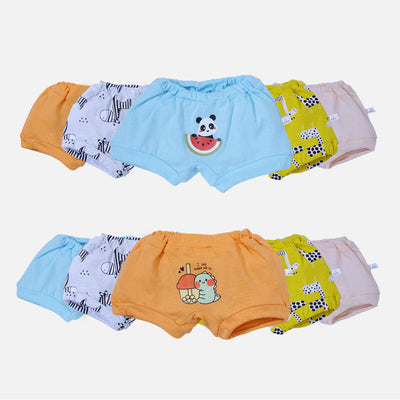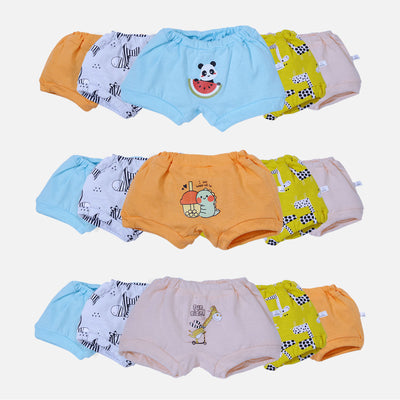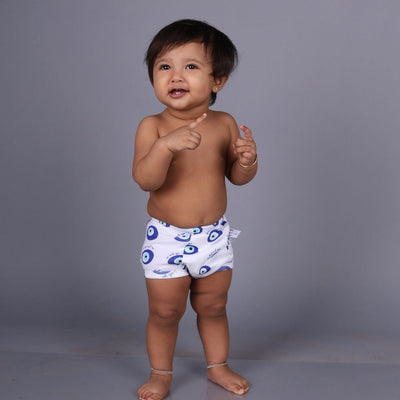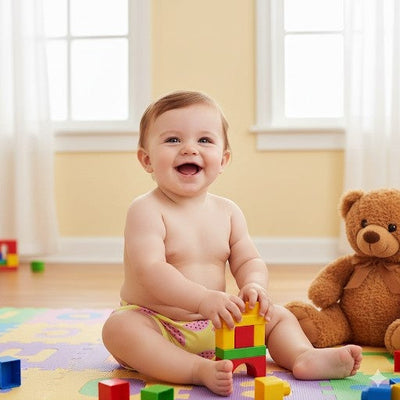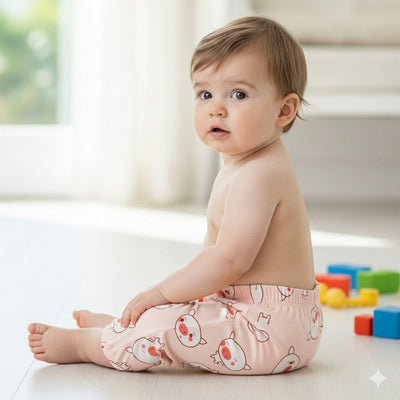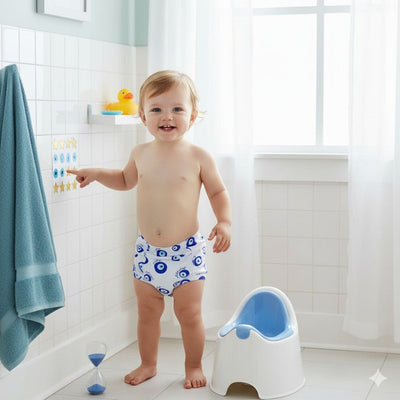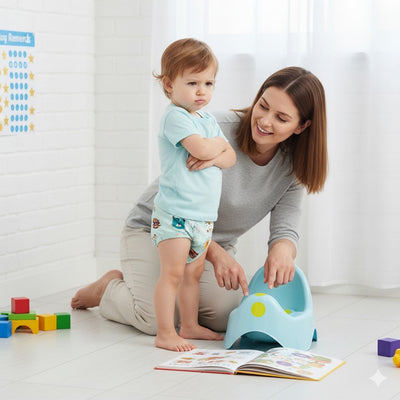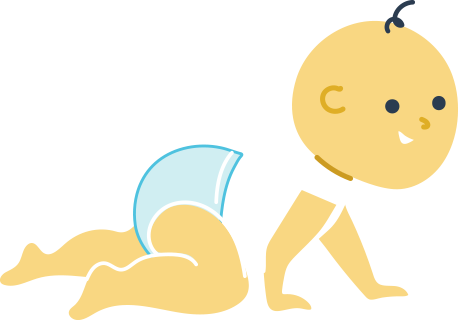Potty Training for Special Needs Children
Potty training represents a significant milestone in a child’s growth and a pivotal learning experience for parents alike. For children with special needs, this milestone often requires extra patience, understanding, and tailored strategies. “Special needs” refers to children with developmental, physical, sensory, or medical differences that may affect their learning pace, including conditions like autism spectrum disorder, Down syndrome, cerebral palsy, speech or learning delays, or chronic medical issues. Every child’s ability, comfort, and pace are unique. Using supportive tools such as padded underwear can protect against small accidents while allowing children to feel wetness, helping them learn at their own pace. Recognizing these differences and approaching toilet training with empathy and flexibility can transform the experience into a positive, confidence-building journey.
Understanding Readiness in Children with Special Needs
Unlike typical milestones, children with special needs may show readiness in varied ways. Look for cues like:
-
Staying dry for longer periods
-
Expressing discomfort in a wet diaper
-
Showing curiosity about the toilet
-
Communicating (verbally or non-verbally) when they need to go
Some children may reach these milestones later than their peers, while others may need additional support to recognize body signals. Starting when your child shows readiness, not according to a fixed age, reduces frustration and sets the stage for success.
Creating a Calm, Accessible Environment for Special-Needs Children
Potty training children with special needs requires more than a standard bathroom setup. A thoughtfully prepared environment can make the process safer, more comfortable, and empowering, while reducing anxiety for children who may have mobility, sensory, or cognitive challenges.
-
Mobility-friendly setup: Children with limited balance, muscle tone differences, or coordination challenges, common in conditions like cerebral palsy or spina bifida, may struggle to sit on or reach a standard toilet. A child-sized potty or toilet adapter with a sturdy step stool helps them feel secure and independent. Adding grab bars or handrails provides extra support during transfers. For children who use wheelchairs or walkers, consider keeping a clear path to the potty and a stable platform for transferring safely.
-
Accessible, sensory-friendly materials: Many children with autism or other developmental differences experience heightened sensory sensitivities. Scratchy fabrics, tight clothing, or harsh textures can make using the potty uncomfortable and cause resistance. Soft, breathable Snugkins cotton training pants reduce irritation while letting the child feel wetness, a key learning signal. Ensure wipes, toilet paper, and soap are mild and unscented to avoid overwhelming the child’s senses.
-
Simplified clothing and dressing: Fine motor delays or coordination challenges can make pulling pants up or down frustrating. Elastic waistbands, loose-fitting garments, or pants with simple fasteners allow children to manage clothing independently, giving them confidence and reducing stress. Encourage them to practice dressing and undressing during non-toilet times to build skill and familiarity.
-
Visual and communication supports: Children with speech or cognitive delays may struggle to express when they need the toilet. Use picture cards, step-by-step visual schedules, or gesture cues to show each step: sitting, wiping, flushing, and washing hands. This helps children anticipate what to do next and reduces confusion. For older children, simple checklists or colored sequence cards can reinforce routines.
-
Minimize sensory overload: Overstimulating environments bright lights, loud flushing, or strong odors, can create anxiety. Keep lighting soft, minimize background noise, and let children explore the potty gradually. Encourage them to touch the water or flush at their own pace. Consistent, calm routines help them associate the bathroom with safety and independence.
-
Medical Conditions (Constipation, Bladder Issues): Chronic constipation, bladder infections, or other health issues can make timing unpredictable or create discomfort. Coordinate closely with healthcare providers to understand underlying medical needs. Maintain flexible potty schedules and keep plenty of reusable training pants for convenience and comfort. Encourage the child to participate as much as possible in self-care, emphasising effort over immediate results.
Building Routine and Confidence
Consistency is key. Establish regular potty times after meals, before naps, or bedtime and use simple, descriptive language. Celebrate small milestones such as sitting on the potty, using a visual cue, or staying dry for a short period. Avoid pressure; instead, focus on effort, independence, and self-awareness.
Collaboration with caregivers, therapists, and teachers ensures your child experiences consistent routines across home and school, which can reduce anxiety and build confidence.
Why Snugkins Padded Underwear Helps
Snugkins potty training pants are designed to support children through every stage of toilet learning. They:
-
Absorb small accidents while letting the child feel wetness
-
They are made of soft, breathable cotton for sensitive skin
-
They are reusable, eco-friendly, and easy to wash
-
Encourage independence by allowing children to manage their own underwear
FAQs: Potty Training for Special Needs Children
1. When should I start potty training my special-needs child?
There’s no fixed age. Begin when your child shows readiness cues such as staying dry, showing interest in the toilet, or signaling when they need to go.
2. Are padded underwear better than disposable pull-ups?
Yes. Snugkins potty training pants provide comfort and absorb small accidents while helping children feel wetness, which speeds learning. They are reusable and eco-friendly.
3. How can I maintain consistency across home, school, or therapy sessions?
Share your child’s routine with caregivers, teachers, and therapists. Provide extra pairs of reusable training pants so your child experiences consistent comfort in all settings.


